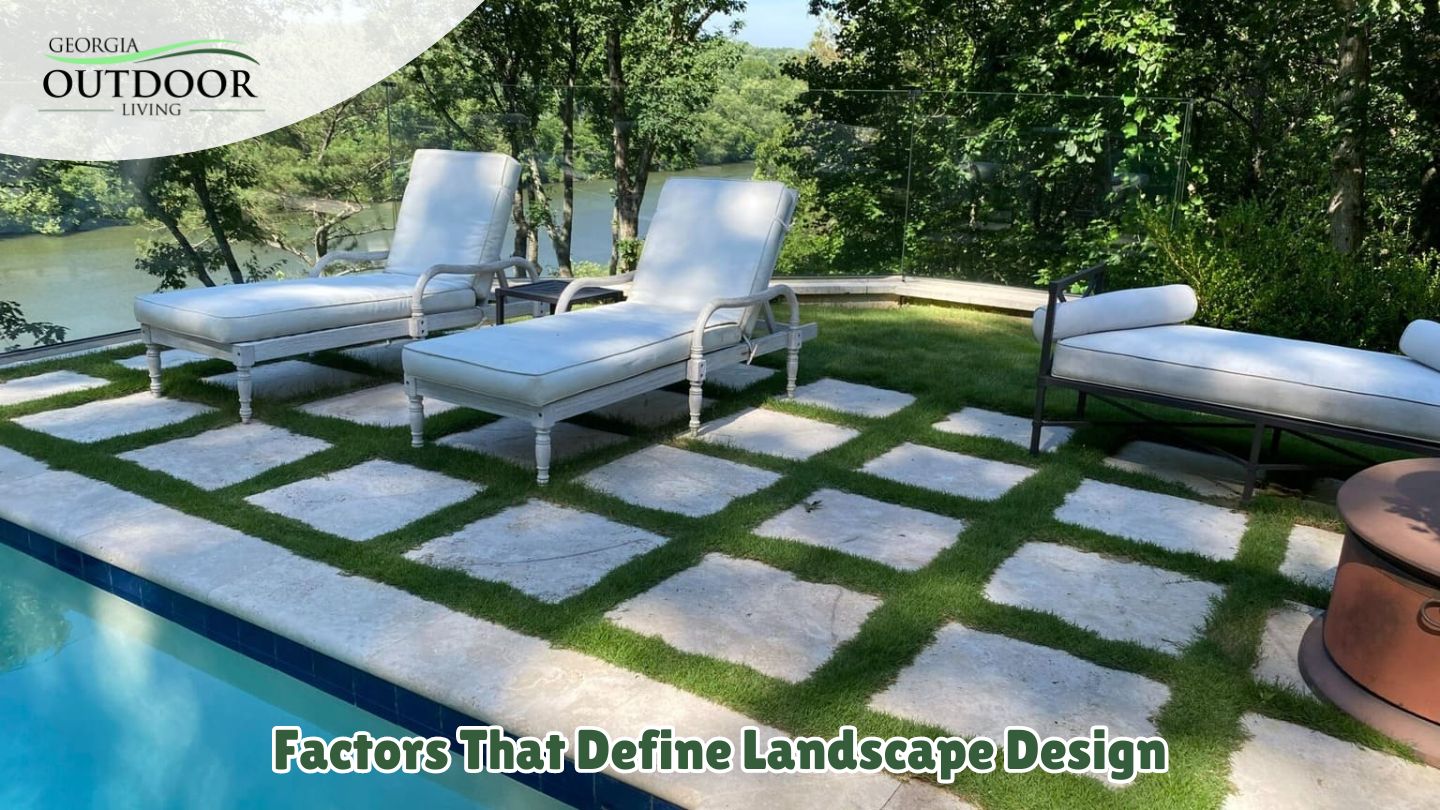Landscaping is a profession that continues to gain significant admiration among other professionals. It is one thing to love plants and structures, and it is a whole other idea to have these features dotting your outdoors in perfect wonder. Unforgettable garden creators have mastered the art of blending different elements and principles of garden design.
Here are some elements and principles of landscape design that can work in harmony to create a memorable and stunning garden around your private space.
1. Consider the Power of a Regulating Line
Every garden design should obey the principle of a regulating line, which gives you endless opportunities to direct movement and shape landscapes. A regulating line can come from an element of architecture, such as the edge of a building, a doorway, or a window mullion, to generate an imaginary line that can be used to organize and connect your garden design.
2. The Ultimate Function
The functional aspect of your garden is among the most basic elements of landscape design. This element decides if your outdoor space serves the very function of its creation. By following the rules of ultimate function, you will take into consideration how the space you have will meet your everyday needs and activities. Some aspects of function include areas for games, sitting, activities, and pathways.
3. Create a Focal Point
A focal point in landscape design is the element that makes your outdoor space sparkle. It is the element that draws the eye of an observer while infusing unmatched personality into your outdoor space. You can create a focal point using elegant fountains, captivating artwork, or interesting plants.
4. Design Rhythm and Echoes
The different elements and principles of landscape design are meant to bring your garden to life. As you go about designing your garden, you should consider if it has rhythm and echoes, which is the unifying force in every garden. You can achieve rhythm and echoes using consistent repetition of materials that add interest to the landscape. These materials should have similarities in form, texture, contrast, and color to avoid monotony.
5. Hide and Reveal
Your outdoor space can appear larger and more interesting if you adopt a Japanese design technique called hide and reveal. It is a technique that obscures some features in a garden. If you keep your vista half-hidden in the garden, you will encourage people to want to find out more as it creates the mystery of the unseen.
Elevate Your Outdoor Space Today
Gardens are personal and individual expressions, but bringing these expressions to life might require a professional. At Georgia Outdoor Living, our professionals can give you a range of landscape designs in Atlanta and walk with you throughout the process until you have the landscape of your dreams.



